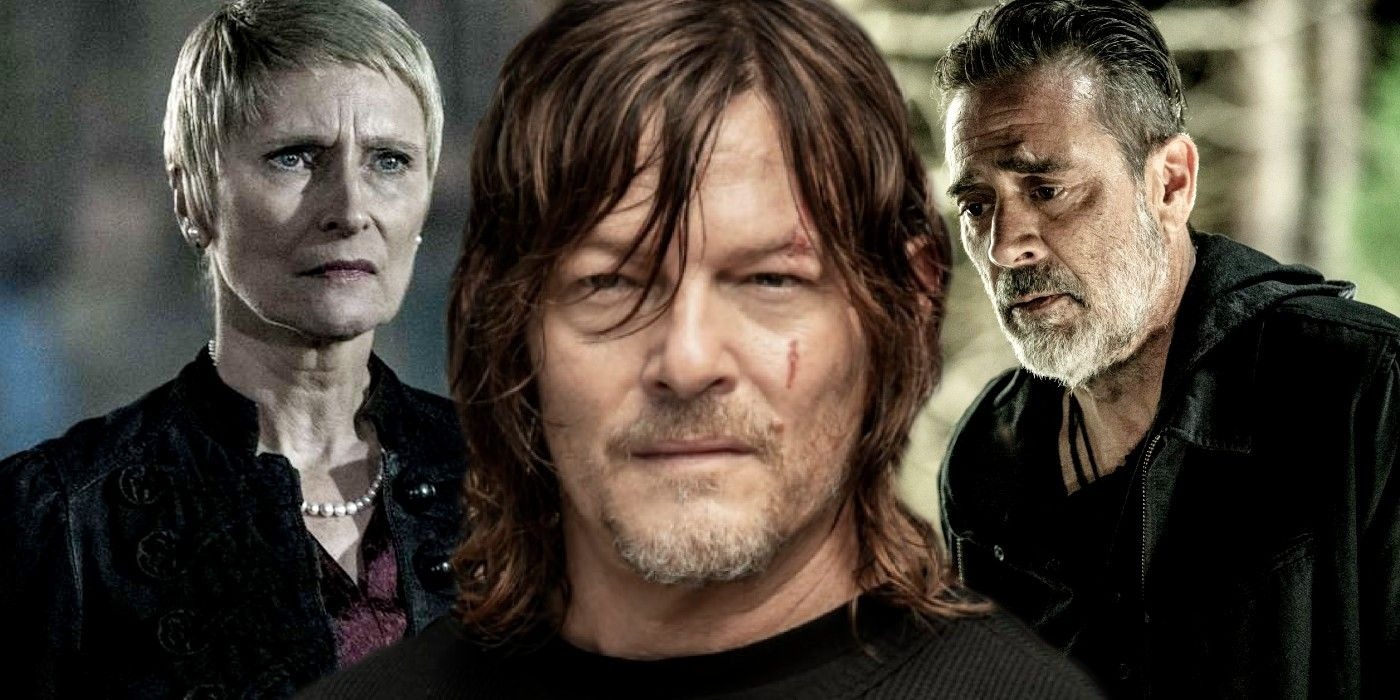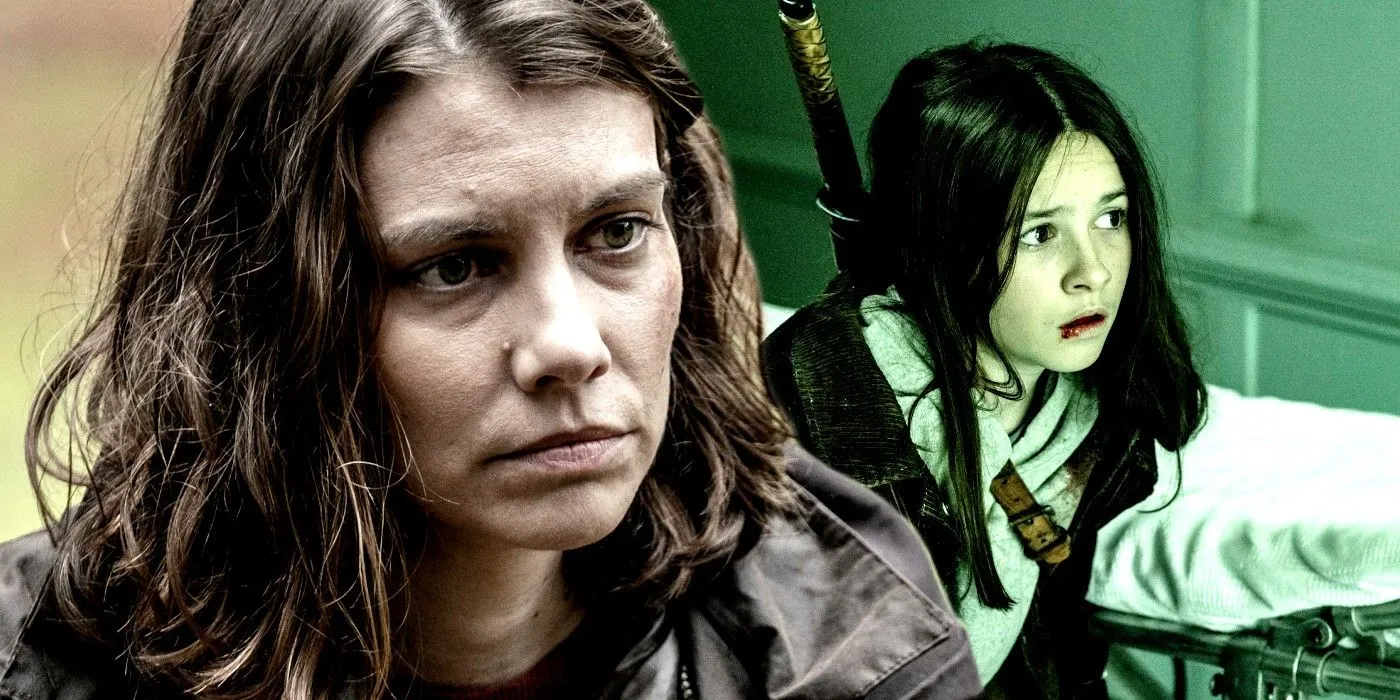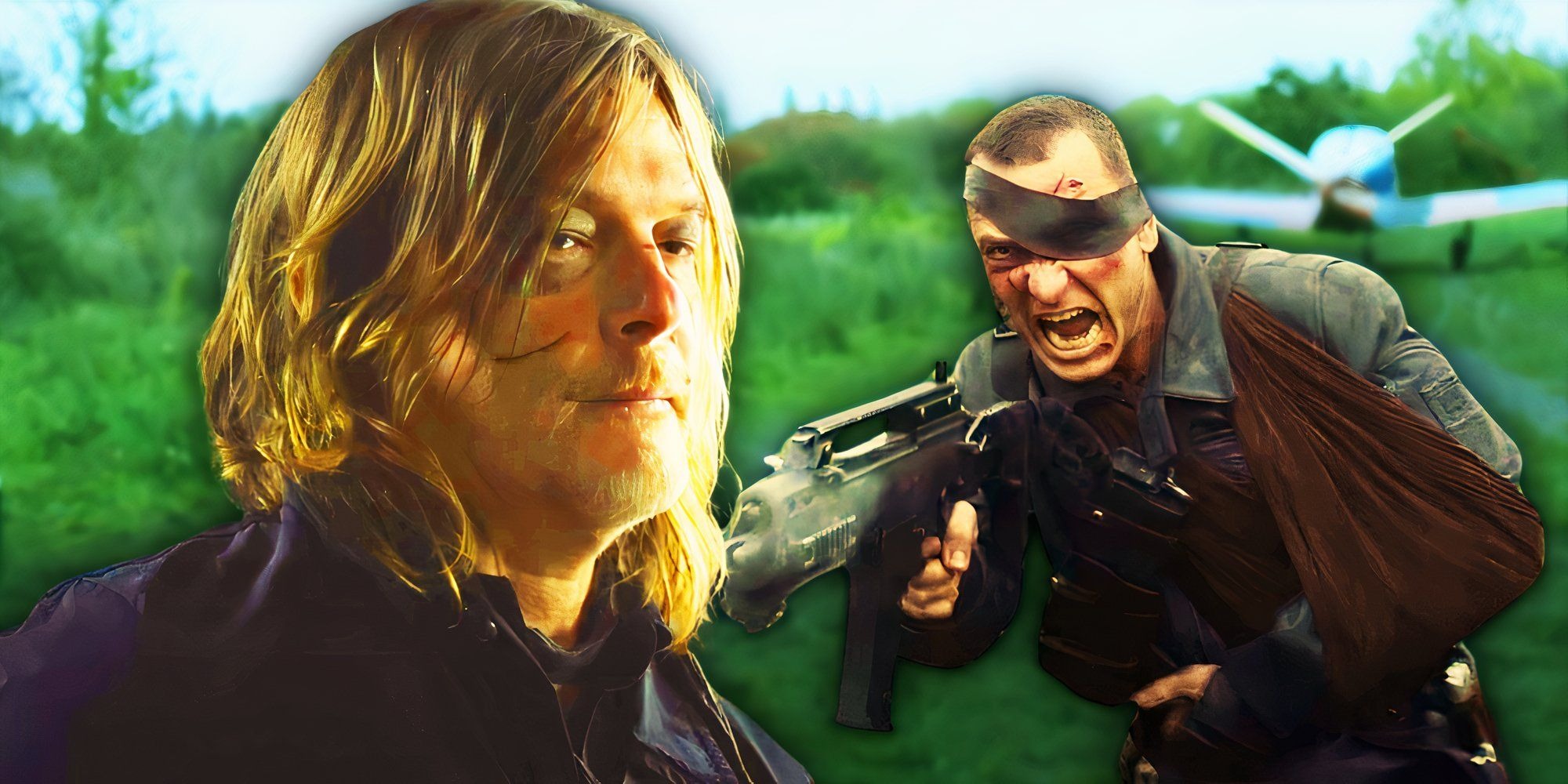After more than ten years of intense battles, shocking deaths, and life in a world overrun by the undead, The Walking Dead wrapped up its run with an ending that steered the franchise toward the next phase. Although the series finale was titled “Rest In Peace,” the events it delivered were neither peaceful nor restful.
Most of the episode revolved around the resolution of the Commonwealth storyline, with Daryl Dixon joining forces with Mercer and their allies to free the community from Pamela Milton’s grip. However, the last few moments of The Walking Dead went beyond that, also paving the way for upcoming spin-offs.

It reunites key characters, introducing surprise cameos, and setting up future conflicts. Even as The Walking Dead reached its final episode, new doors were flung wide open for what’s to come.
“Rest In Peace” wasn’t just an endpoint—it was the foundation for Daryl Dixon, The Walking Dead: Dead City, and the Rick Grimes and Michonne-centered spin-off The Ones Who Live. The episode also introduced game-changing elements that will have lasting effects on all three spin-offs.
While the main series has concluded, The Walking Dead franchise is far from finished, making its final episode more of a transition than a definitive ending.
Why Daryl Leaves for France After The Walking Dead Ends
Daryl’s Journey Takes Him Beyond Familiar Territory
A conversation between Daryl Dixon and Connie in the last episode of The Walking Dead sheds light on why Norman Reedus’ character has been moving between different settlements, staying alert for threats and possibly seeking signs of Rick Grimes.
Now that Judith has confirmed that Michonne found proof of Rick’s survival, Daryl has an even stronger reason to remain watchful. Later, Maggie approaches Daryl to discuss the “future,” hinting at the need to expand their knowledge beyond what they already know.
She keeps her words vague, but the show suggests that Daryl’s mission involves uncovering more information about the virus, the evolving variants, and any leads on Rick and Michonne. However, this explanation doesn’t fully account for how Daryl ends up in France in his spin-off series.
Instead of setting out with the intention of traveling overseas, he embarks on a mission to help the survivors, only to find himself captured by dangerous individuals. These captors transport him to France, but before they reach their intended destination, he manages to escape.
While The Walking Dead: World Beyond established that the virus originated in France, The Walking Dead: Daryl Dixon focuses more on Daryl doing what he has always done best—fighting to protect those in need. He reassures Judith that if he comes across Rick and Michonne, he will bring them home.
However, along the way, that promise takes a backseat to the pressing dangers in his path.
How the Series Finale Hinted at Dead City for Maggie and Negan
Events from Season 11 Lay the Groundwork for Their Spin-Off
Though Maggie chooses not to kill Pamela Milton in the final episode, the interactions between her and Negan serve as a key setup for their upcoming journey in The Walking Dead: Dead City.
Despite their complicated history, Negan has now become the person Maggie turns to when faced with challenges too dangerous for anyone else to handle.
The ending of The Walking Dead establishes that Maggie and Negan function as an unlikely but effective team, which raises the question—what could be so severe that it drives them to New York for Dead City? The episode provides some clues.
Maggie makes it clear that full forgiveness for Negan will never be possible, even though she acknowledges his sincere efforts to make amends. During one of their final conversations, Maggie recalls an earlier moment from season 11 where she admitted she was starting to trust Negan.
However, the series finale firmly reinforces that while some level of respect exists between them, she will never completely let go of the past. This tension is what later contributes to Maggie betraying Negan during their spin-off series, making it a logical continuation of their uneasy alliance.
How The Walking Dead Introduced Variants for the Franchise’s Future
New Types of Walkers Change the Rules of Survival
The episode before The Walking Dead’s finale introduced the idea of variant zombies, challenging the long-held belief that the undead were slow and mindless. “Rest In Peace” expanded on this by showing how these evolved walkers would play a major role moving forward.
In a direct reference to the show’s first season, one of these variants picks up a rock and smashes a glass door at a Commonwealth hospital, forcing the survivors inside to flee. Later, when Rosita attempts to escape a horde by climbing onto a car, some of the zombies manage to follow her up.
The series finale makes it clear that the survival tactics used up to this point are becoming outdated. With the emergence of smarter and more agile walkers, the post-apocalyptic world is becoming far less predictable.
Even Mercer’s plan to eliminate the Commonwealth horde factors in the realization that these new zombies cannot be easily lured away like before. Recognizing the threat, Maggie decides her people must seek out more information about what’s happening.
Though she doesn’t directly mention variants, it’s implied that this is part of what they need to understand. Daryl’s mission also seems tied to unraveling why the undead are evolving. The arrival of variant walkers raises major concerns for the remaining survivors, altering their entire perception of the zombie threat.
Additionally, their increasing numbers suggest that these advanced undead will become even more common. Variants had a relatively small presence in “Rest In Peace,” leaving many unanswered questions about their origins.
However, the way the series finale sets up the next phase of The Walking Dead franchise implies that Daryl, Rick, Michonne, Maggie, and Negan will eventually have to confront this new breed of walker—one that is faster, smarter, and deadlier than anything they’ve faced before.
How the Series Finale Affects the Legacy of The Walking Dead

The Last Episode Sparked Mixed Reactions Among Fans
The conclusion of The Walking Dead generated a divided response, with opinions split on whether it did justice to the series’ legacy. Over its 12-year run, the show delivered unforgettable moments that cemented its place as one of the most talked-about series of its time.
The entire first season, for example, was groundbreaking, and major events such as Negan’s introduction and Glenn’s death remain some of the most shocking moments in television history. When measured against these high points, some felt that “Rest In Peace” lacked the same level of impact.
One of the most noticeable issues was the absence of many original characters, which made the finale feel somewhat disconnected from the earlier seasons. A major part of the series’ early appeal centered around Rick Grimes and his relationship with Lori and Carl.
With Rick having been gone for several seasons and both Lori and Carl long dead, the final episode of The Walking Dead felt like it was wrapping up a different story than the one that initially drew viewers in.
However, what made The Walking Dead’s finale unique was that it served as both an ending and a beginning. Instead of solely focusing on closing out the main series, the episode laid the groundwork for three separate spin-offs.
This led to moments that seemed more like teasers for Dead City and Daryl Dixon rather than a proper resolution to the core story. While many fans enjoyed the finale, there’s an argument to be made that it didn’t quite match the brilliance of the show’s 2010 pilot.



